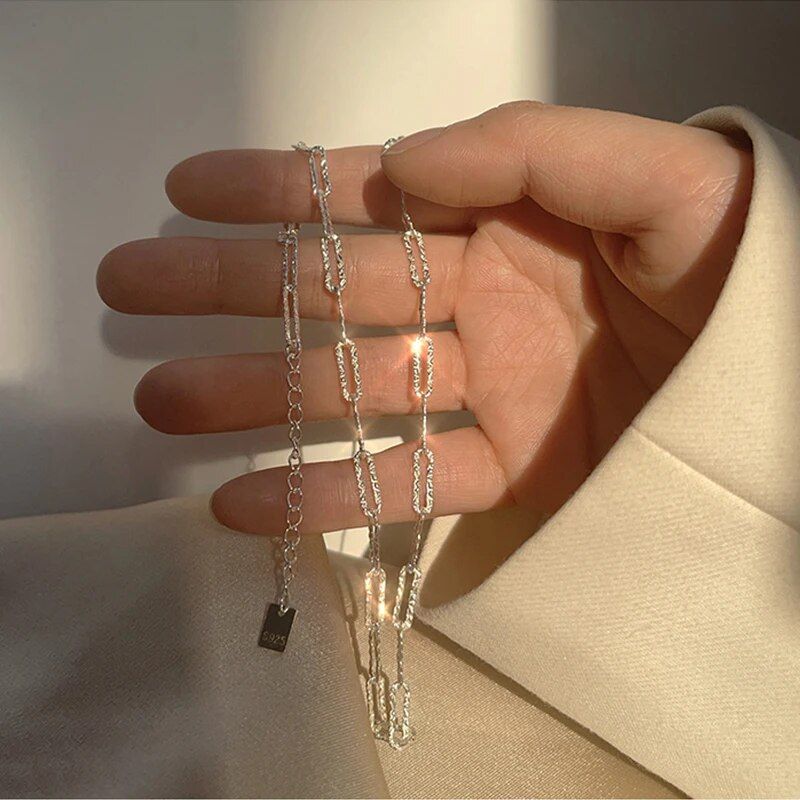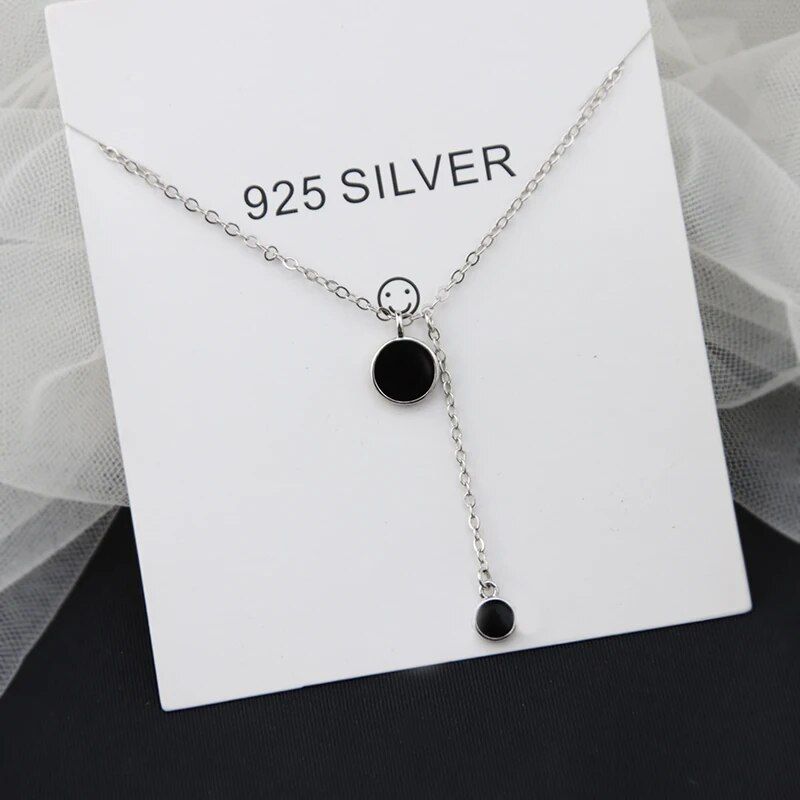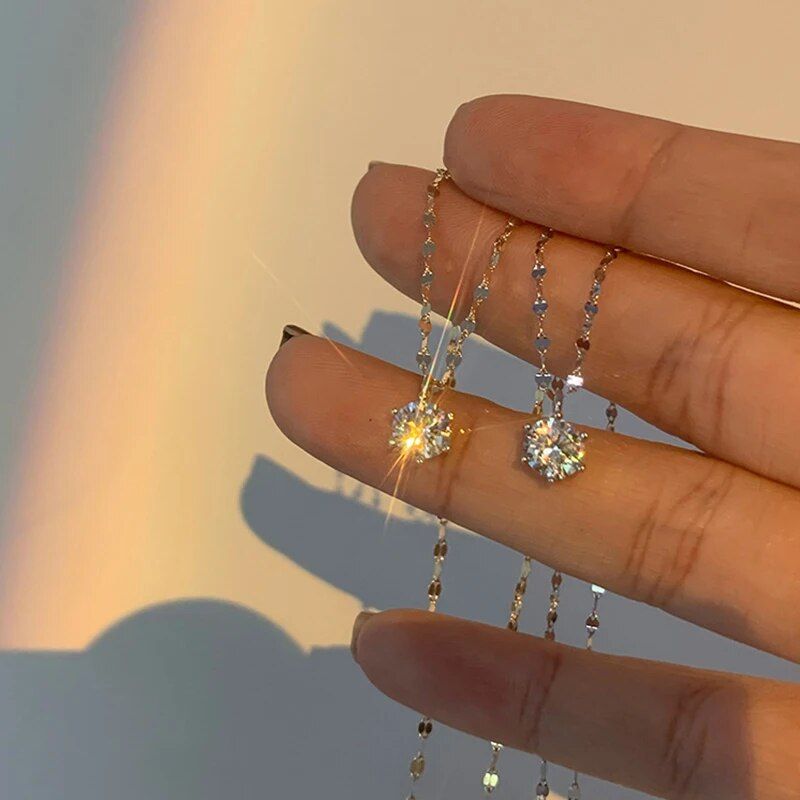How to determine the authenticity of a necklace (especially precious metal and gemstone necklaces)?
Posted on January 3, 2024
To determine the authenticity of a necklace, especially precious metal and gemstone necklaces, multiple methods need to be used comprehensively. Here are some basic detection steps:
1. Identification of precious metal necklaces:
-Look at the logo and imprint:
-Gold, platinum, and other precious metal necklaces usually have clear purity markings. For example, gold has "foot gold", "thousand foot gold" (now changed to AU999 or AU9999), K-gold markings (such as 18K, 750), and platinum has PT950, PT900, etc.
-The markings should be clear, visible, and in appropriate positions, in accordance with national standards.
-Observing color and texture:
-Platinum (platinum) has a pure color, long-lasting luster, and a noticeable sense of weight.
-The bite test can be used, but it should be noted that this only applies to experienced professionals and is not recommended for consumers to try it themselves to avoid damaging jewelry.
-Physical testing:
-Use a specialized density tester to measure its specific gravity to verify if it matches the standard specific gravity of the corresponding metal.
-In some cases, judgment can be assisted by tapping to listen or using a magnifying glass to view surface details.
-Chemical reagent testing:
-For non professionals, caution should be exercised when using chemical reagents for testing, as improper operation may damage the necklace. Generally, such tests are conducted by jewelry appraisal agencies.
-Authoritative appraisal certificate:
-When purchasing, merchants are required to provide appraisal certificates issued by legitimate jewelry appraisal institutions, such as China National Inspection NGTC, GIA, IGI and other internationally renowned appraisal institutions.
2. Identification of gemstone necklaces:
-Observation of appearance:
-The color, clarity, cutting quality, and sparkle of a gemstone are important evaluation indicators. Natural high-quality gemstones have naturally rich colors and regular internal inclusions, while synthetic or counterfeit gemstones may be too perfect or have unnatural distribution of defects.
-Physical properties:
-Different gemstones have different hardness, which can be preliminarily judged using a Mohs hardness tester. For example, diamonds are the hardest known substance, and carving other gemstones with diamonds may leave no marks. Otherwise, scratches may occur.
-Thermal conductivity test:
-Diamonds have high thermal conductivity, so they can be quickly distinguished from other imitations using a thermal conductivity meter.
-Spectrometer detection:
-Using a gemstone spectrometer to analyze the absorption spectrum of gemstones at specific wavelengths can accurately identify the type of gemstone and whether there are any signs of processing.
-Authoritative appraisal certificate:


Pearl Necklace For Women Simple Versatile Golden Bead Opening Collar Exquisite Clavicle Korean Fashion Jewelry Gifts


Sparkling Square Geometric Sterling Silver Necklace Female Clavicle Chain Collar Sweater Chain Naked Chain Party Jewelry Gift


925 Sterling Silver Black Round Necklace Simple Creative Pendant Female Short Clavicle Chain Ladies Vintage High Jewelry Gift


Fashion 925 Sterling Silver Single Diamond Necklace Advanced Simple Shiny Zircon Pendant Feminine Clavicle Chain Party Jewelry
Cart
0 Item(s)
